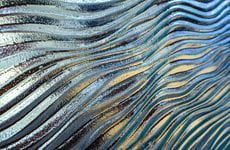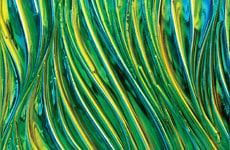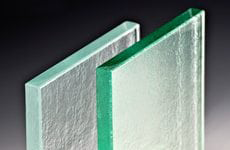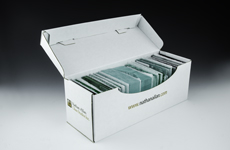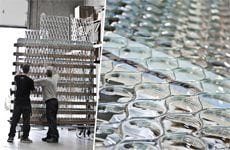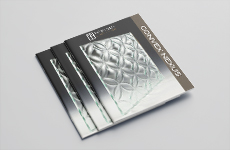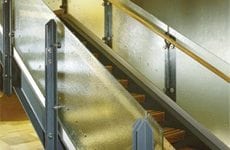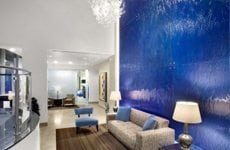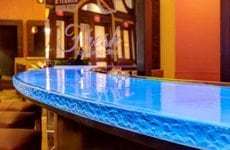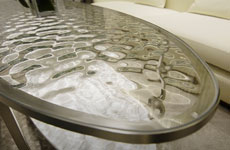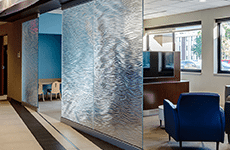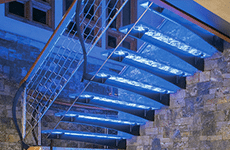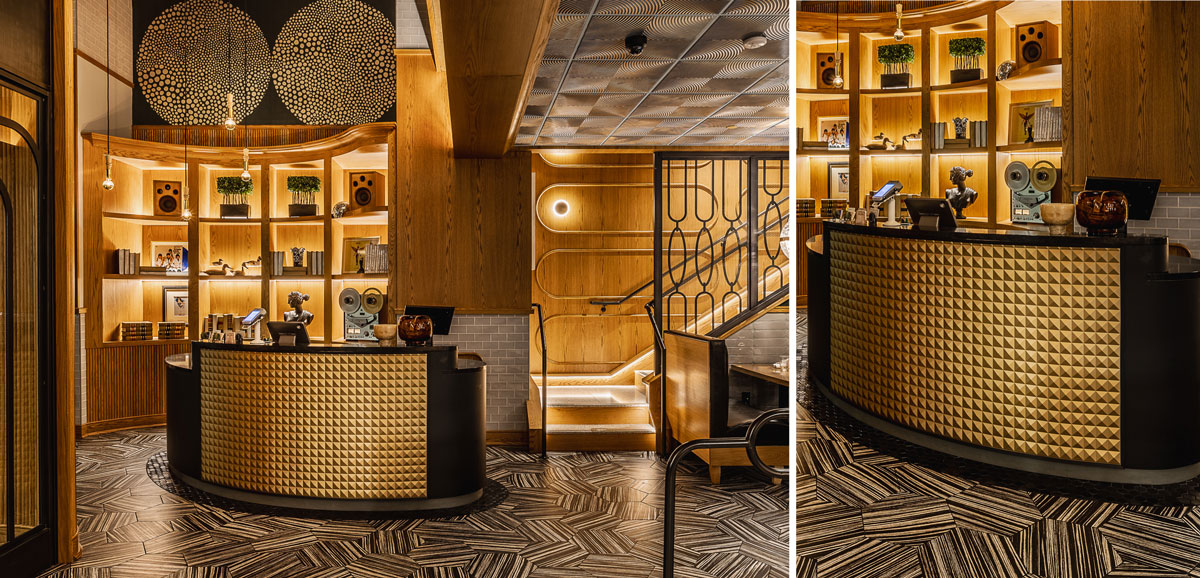Forms Surfaces Glass
Forms Surfaces Glass is a unique and versatile material that has been used for various purposes throughout human history. Its distinct properties arise from its non-crystalline, amorphous structure. Unlike crystalline materials, glass lacks a regular repeating atomic arrangement, leading to its transparency and ability to transmit light. One of the defining characteristics of glass is its formability. In its molten state, glass can be molded into a wide array of shapes, making it an ideal material for crafting intricate designs and functional objects. From delicate glassware to robust architectural structures, the forms that glass can take are limited only by the imagination of the designer. Follow Us On Twitter
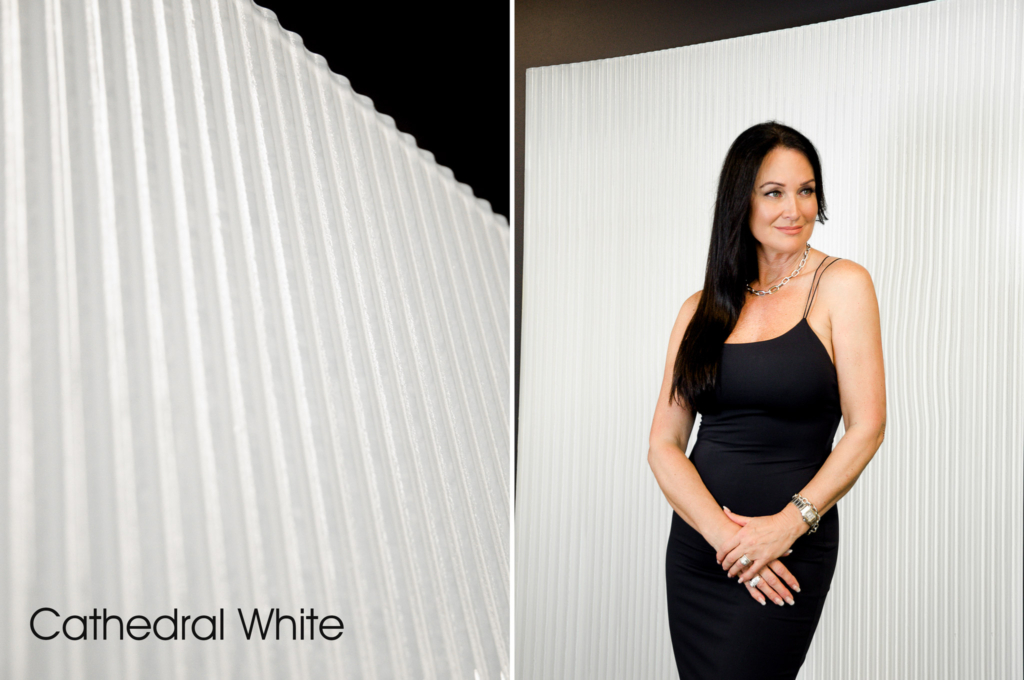

The surfaces of glass play a crucial role in both aesthetics and functionality. Glass surfaces can be manipulated to achieve various textures, finishes, and patterns. Smooth and polished surfaces are often employed for practical applications such as windows and mirrors, where clarity and reflection are paramount. On the other hand, textured or frosted surfaces can be created through processes like sandblasting or acid etching, offering a balance between translucency and privacy. The surface treatment of glass is also an artistic choice, with stained glass windows being a prominent example of how color and intricate designs can be incorporated into the material. Contact Us Today

Forms and Surfaces Glass Info
In addition to its visual appeal, the surface of glass can influence its physical properties. For instance, tempered glass undergoes a special heat treatment process that enhances its strength and safety by creating a surface that, when broken, shatters into small, less harmful fragments. Coatings can be applied to glass surfaces for various purposes, such as reducing glare, enhancing insulation, or providing anti-reflective properties. The interaction between light and glass surfaces is a fascinating aspect that designers often exploit, playing with reflections, refractions, and transparency to create captivating effects.
Glass, being both a solid and a liquid at the same time, has the ability to capture and manipulate light in ways that few other materials can. This characteristic makes it an attractive medium for artists and architects alike. The interplay of form and surface in glass design showcases the material’s adaptability and the potential for creating visually stunning and functional objects. From the sleek curves of modern glass skyscrapers to the intricate patterns in stained glass artworks, the forms and surfaces of glass continue to captivate and inspire across a broad spectrum of human endeavors.

